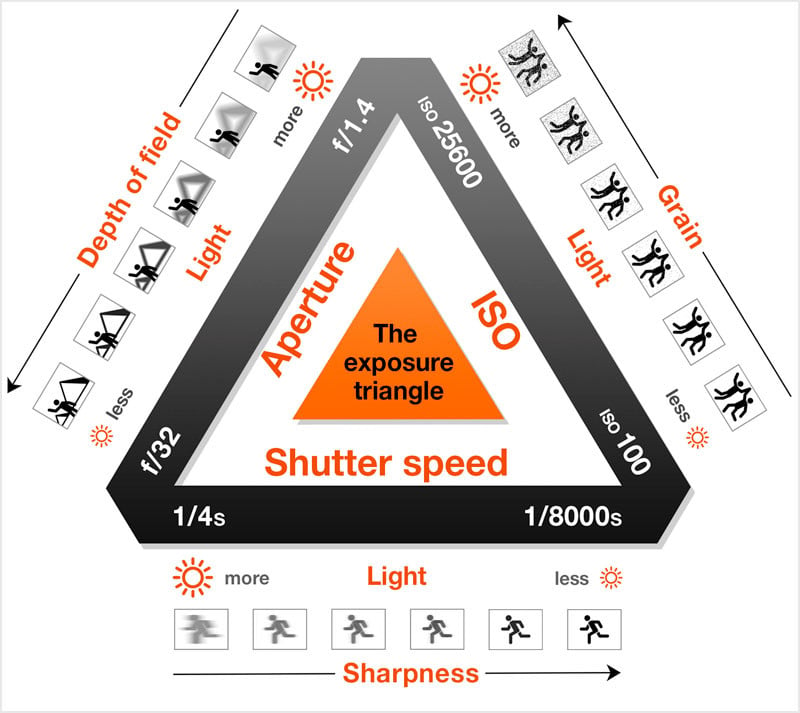@Corso another thing I would do is invest in a nice prime lens (or 2, or 3).
A prime lens is essentially a lens that doesn’t zoom or unzoom. Start off with maybe a 24mm, 35mm, or 50mm prime.
mm essentially means zoom length.
The benefits of a prime are that they tend to be made with high quality glass, and because of the design, the aperture can get wider, allowing more light and a more bokeh (or that nice, silk blurred) background.
So the blurry lights in the background would be called bokeh. Most reasonably priced zoom lenses only get down to 2.4 or even 3.5 aperture, but a prime will get down to 1.8 or even 1.4.
And the wider the brighter, so if you’re in a dark environment, cranking that baby down to 1.8 will let in a ton of light.
So getting a prime that fits your needs is important. If you’re doing a lot of landscape, a wider angle would be nice. Maybe 24 or 35. If you’re going to be doing portraits or wildlife maybe a 50 or 85.
Also, I don’t know what type of camera you have, but sensor size matters regarding lenses. There are “full frame” cameras, which have a 35mm sensor, aps-c, which is a bit smaller, and micro four thirds.
This is important because a lens, a 24 for instance, will be more zoomy on an asp-c than a 35.
So when looking at lenses, keep that in mind.








